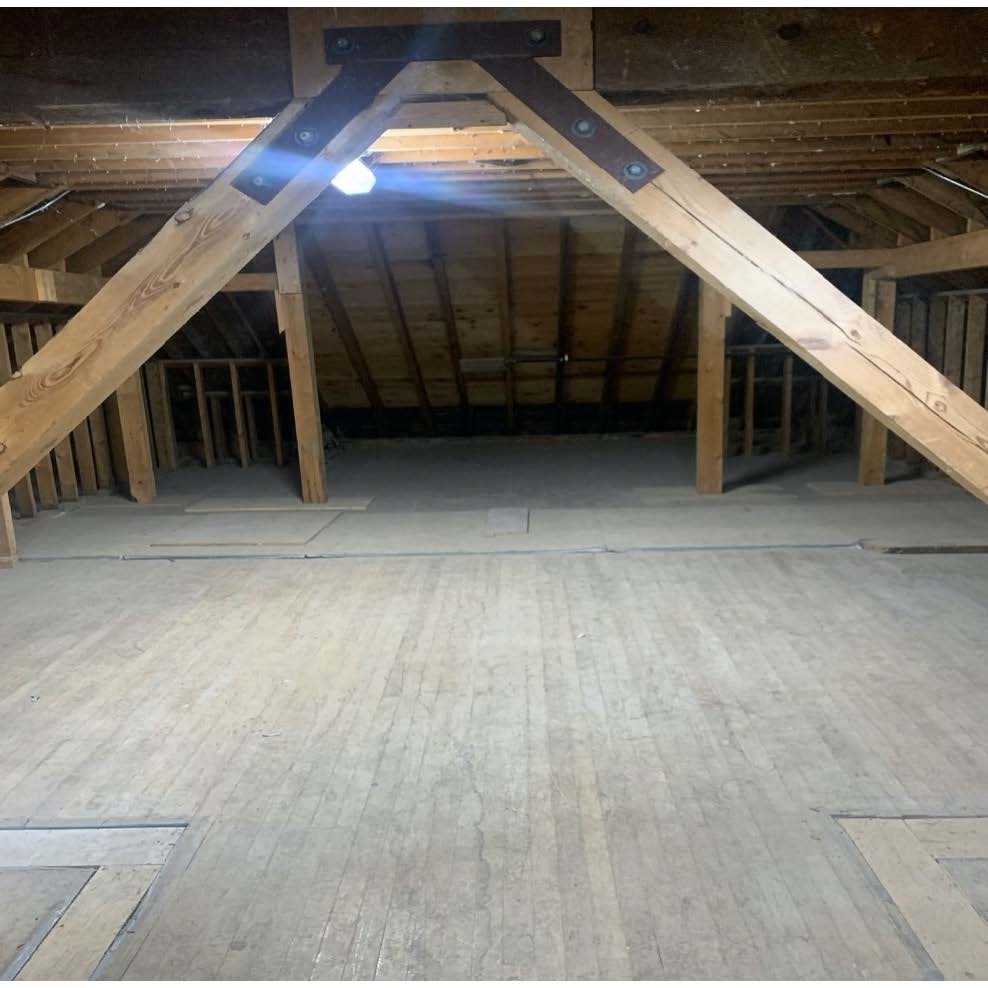Feature Article
How Mimico Branch Asylum’s history came to be
Lakeshore underground tunnel holds the true story
LIFE Mar 30, 2020 by Nidhi Thakur

Underground Humber College tunnel, Etobicoke, ON (Photo by Nidhi Thakur)
The air is cold as we walk through the historical tunnels beneath the Humber College, Lakeshore campus. Saved by the community protests, people can learn about the facts of Lakeshore Psychiatric Hospital.
On Mar. 9, Jennifer Bazar, the curator of the Lakeshore Grounds, leads the way sharing her extensive knowledge about the history of the mental asylum that these grounds used to hold and the residents within.
The Lakeshore Grounds Interpretive Centre was founded to engage in conversations about the complexities of the institutionalization of mental illness without demonizing it and painting it in a, particularly frightening way.
The fact that there weren’t many available historical documents at the time motivated Bazar and her staff. They went through almost 100 years of newspaper articles and the hospital’s annual reports to fill in the missing details, which became invaluable to educate the community about this historic site.
As she talks about how some of the patients help build the asylum, you could almost begin to feel their experiences living amongst the century-old walls.
One of the exciting and haunting stories is a letter written by a patient named Grace Jeffery, who was just 19 years old at the time.
“Dear Mother, I would like to come home on Monday, Mother. Will you come for me Monday morning and leave the washing and I will help you when I come? The doctors said that as soon as you come, I can go home,” said the letter.
“Nobody knows what happened or if the letter was even mailed,” Bazar said, “we do know that she ended up dying in the hospital in her late 70s.”
Heart-wrenching stories like Grace’s were common at that time as mental health problems were seen as a disease, so families would usually abandon their relatives at the asylum with little to no further contact. This is evidenced in the underground cemeteries grounds, the first patient was buried in 1890, and the last was in 1974. When the cemetery was cleaned up, they discovered 1,511 patient graves, and the dead range was from stillborn to 100 years old.
Most had to be buried on the grounds as nobody came to claim the bodies of the deceased.
As we continued through the halls, Bazar began to explain the creation of the asylum.
In 1887 due to overcrowding in the Toronto Asylum, they sent a group of male patients from the city to farm on the land that later transformed into the Mimico Branch Asylum. Instead of one main facility standard for mental health institutions at the time, this was built as separate cottages to give it a “home-like” feel instead of the regular “sterile” hospital ward.
The patients who were going to reside there were the ones that the city deemed “chronically insane,” which was the 95 per cent population.
The tunnel tour gives an in-depth view of the late 80s cottage structure. The cottage system was an environmental approach to settle patients in a “therapeutic” manner by Dr. Daniel Clark, the superintendent of the Toronto Asylum. It was presented as a better living space for the “insane” compared to other asylums that bind them in locked rooms using restrains of irons and cages and chemical restraints to induce them into a sleep-like life.
Even though the institution was constructed at the end of the moral treatment era, it was still a common practice until the late 1960s. Most of the asylum buildings are built by the patients as it was a part of their treatment routine outlined for male patients, including daily labour work and the female patients to work in the kitchen, laundry or cleaning the wards.
The work was unpaid, and the ones who refused were accepted as the patients whose mental illness is getting worse and cannot function as normal humans anymore.
North cottage connected the underground “subway-like” tunnels where males resided to the south cottage of females. It is assumed that they were built to move supplies like food, carpentry, bakery and other things stored in the middle of both sides.
College staff today still navigate and use the hallways to carry the supplies.
Like Bazar mentioned, “We’re in the space where people currently work, using carts to deliver mails and supplies to the college campus. We’re on the staff grounds right now.
At the end of our tour, you can take the stairs up to the renovated cottages to look at the abandoned attics of the hospital space. It was constructed to manage the patient population within the asylum.

Old hospital space in the cottage attic, Etobicoke, ON (Photo by Nidhi Thakur)
In the present time, you could hear the space resonate with the sound of creaking floors through the chipped walls.
The rooms and the offices had a smaller appearance with tiny windows on the wooden ceilings. Climbing up and down the stairs is an interesting experience as it is steep, but a fun fact mentioned by the curator is that they were geriatric wards.
Lakeshore Psychiatric Hospital was closed down as part of the larger deinstitutionalization movement in North America in 1979.
Students walk by these buildings every day, and presently with the contribution of the staff at the Interpretive Centre, they can learn about the fascinating stories that run through the grounds. Since its beginning in January 2017, they have opened these tours and sites to a larger audience in the community. “We’re only three years old, but we always see audience demographic change and can see that building over the years,” Bazar said.